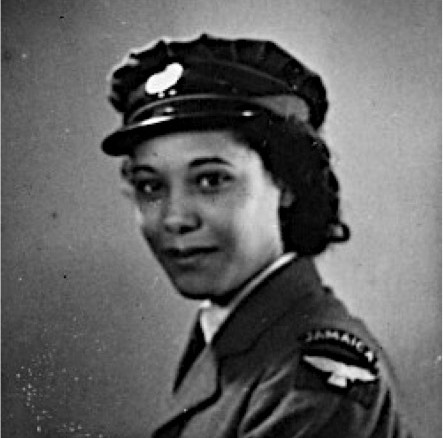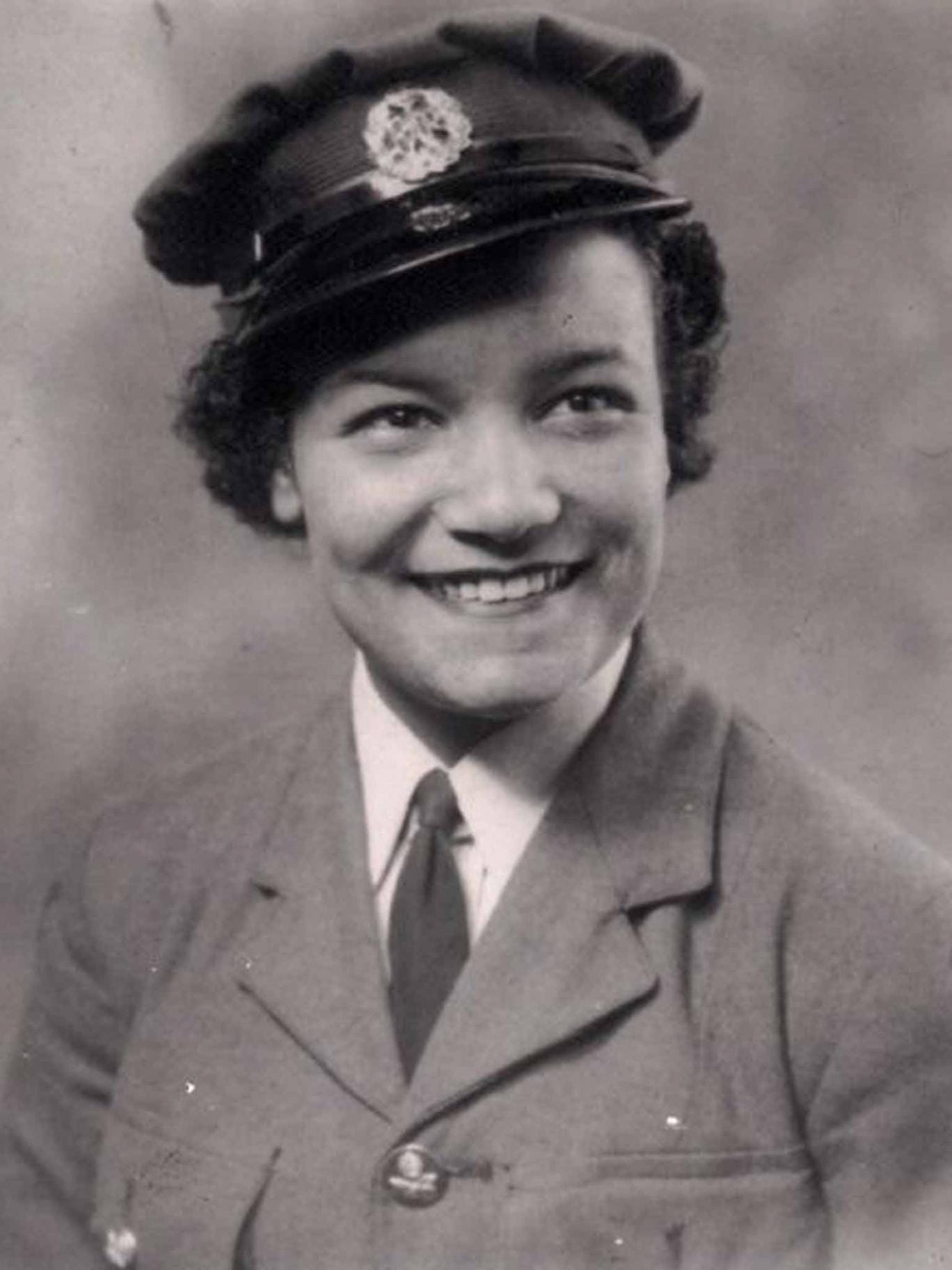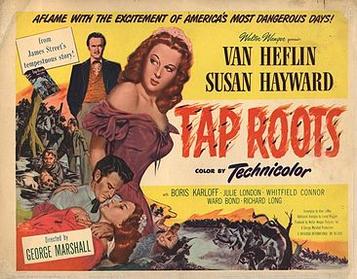The Cherokee Diaspora: An Indigenous History of Migration, Resettlement, and IdentityPosted in Books, History, Media Archive, Monographs, United States on 2015-10-19 19:02Z by Steven |
The Cherokee Diaspora: An Indigenous History of Migration, Resettlement, and Identity
Yale University Press
2015-09-29
368 pages
17 b/w illustrations
6 1/8 x 9 1/4
Cloth ISBN: 9780300169607
Gregory D. Smithers, Associate Professor of History
Virginia Commonwealth University
The Cherokee are one of the largest Native American tribes in the United States, with more than three hundred thousand people across the country claiming tribal membership and nearly one million people internationally professing to have at least one Cherokee Indian ancestor. In this revealing history of Cherokee migration and resettlement, Gregory Smithers uncovers the origins of the Cherokee diaspora and explores how communities and individuals have negotiated their Cherokee identities, even when geographically removed from the Cherokee Nation headquartered in Tahlequah, Oklahoma. Beginning in the eighteenth century, the author transports the reader back in time to tell the poignant story of the Cherokee people migrating throughout North America, including their forced exile along the infamous Trail of Tears (1838–39). Smithers tells a remarkable story of courage, cultural innovation, and resilience, exploring the importance of migration and removal, land and tradition, culture and language in defining what it has meant to be Cherokee for a widely scattered people.




